Alton Sturgis
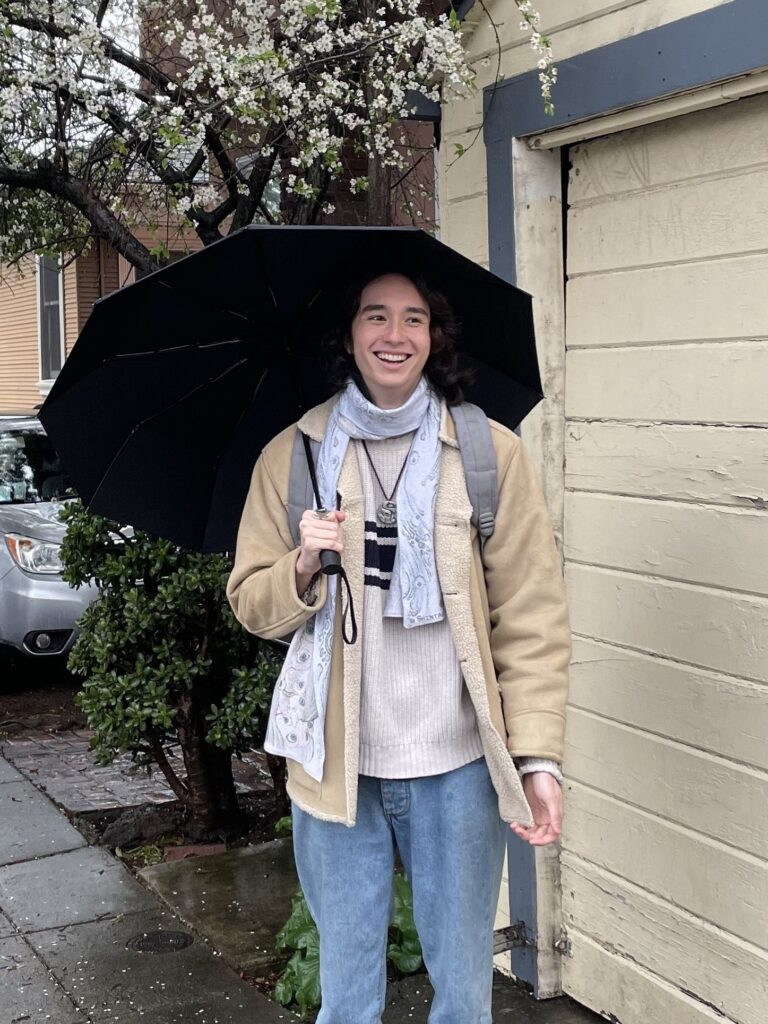
We ask the question if physical rehabilitation for stroke patients in virtual/augmented reality (AR/VR) can supplement the lack of access to physical therapy. The motivation is that there is a waitlist of stroke patients to be seen by a physical therapist after they are discharged from the hospital. Patients often wait for months at home even though the first 6 months after the event of stroke is when they have the highest brain plasticity to recover the most through rehabilitation. This is a blindside of the current medical system which […]
Amar Shah

Software verification is the process of mathematically proving that a software system does what it is intended to do, without any bugs. To do these kinds of proofs, software verification engines generate logical queries and use computational tools called satisfiability modulo theory (SMT) solvers to answer these queries. We are building a new SMT solver that can handle queries containing Algebraic Data Types (ADTs). ADTs are a programming construct classically found in functional programming languages but are increasingly found in all kinds of modern languages (including Rust and even Python!). […]
Xiangwei Kong
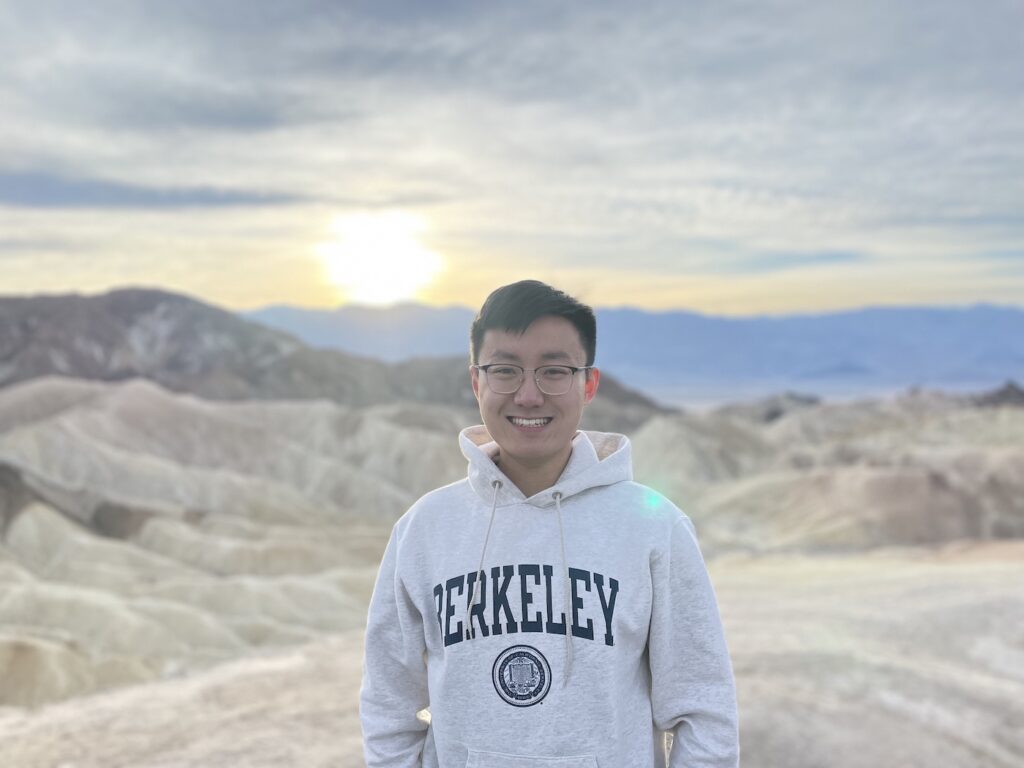
My research will focus on Electronic-Photonic Cryogenic Transmission/Egress Links, which enable high-speed, low-power data transmission between a room-temperature computer processor and computing units operating at cryogenic temperatures. Despite significant progress made in recent years on the individual components that make up the Optic link, such as the electro-optic modulator, on-chip laser source, and millivolt amplifier, there has been a lack of focus on evaluating the tradeoffs between them and the overall architecture. Thus, my goal is to propose and evaluate cryogenic egress link architecture that guarantees stability, efficiency, and speed.
Grace Jiang
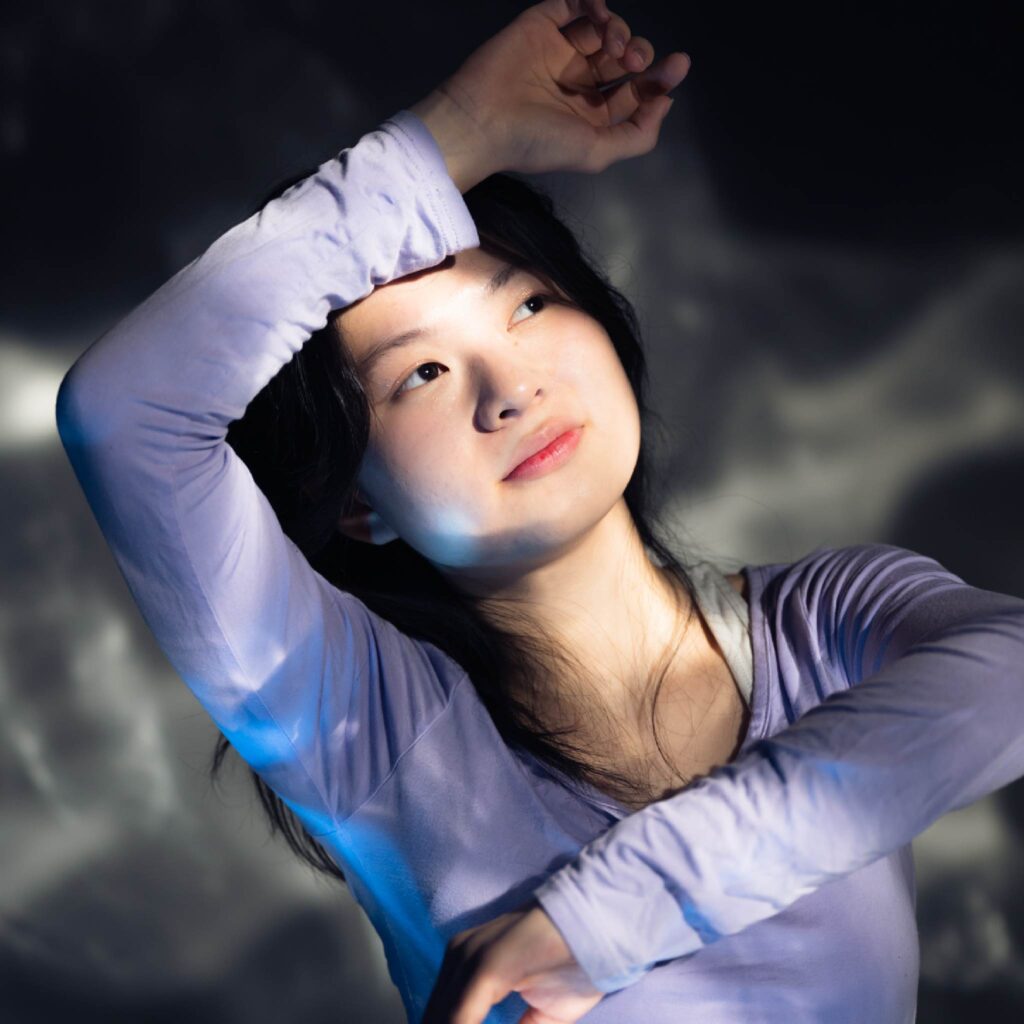
The introduction of microscopy to the scientific world has greatly revolutionized biology, having given researchers the ability to make confident observations at the microscopic level of cellular and subcellular features otherwise not detectable to the naked eye. However, conventional methods for creating advanced imaging systems with high resolution over a wide field of view typically rely on creating complicated lenses, which are both expensive and bulky in terms of weight and size. This presents a problem for obtaining adequate equipment, particularly in low resource settings where it is simply not […]
Andris Huang
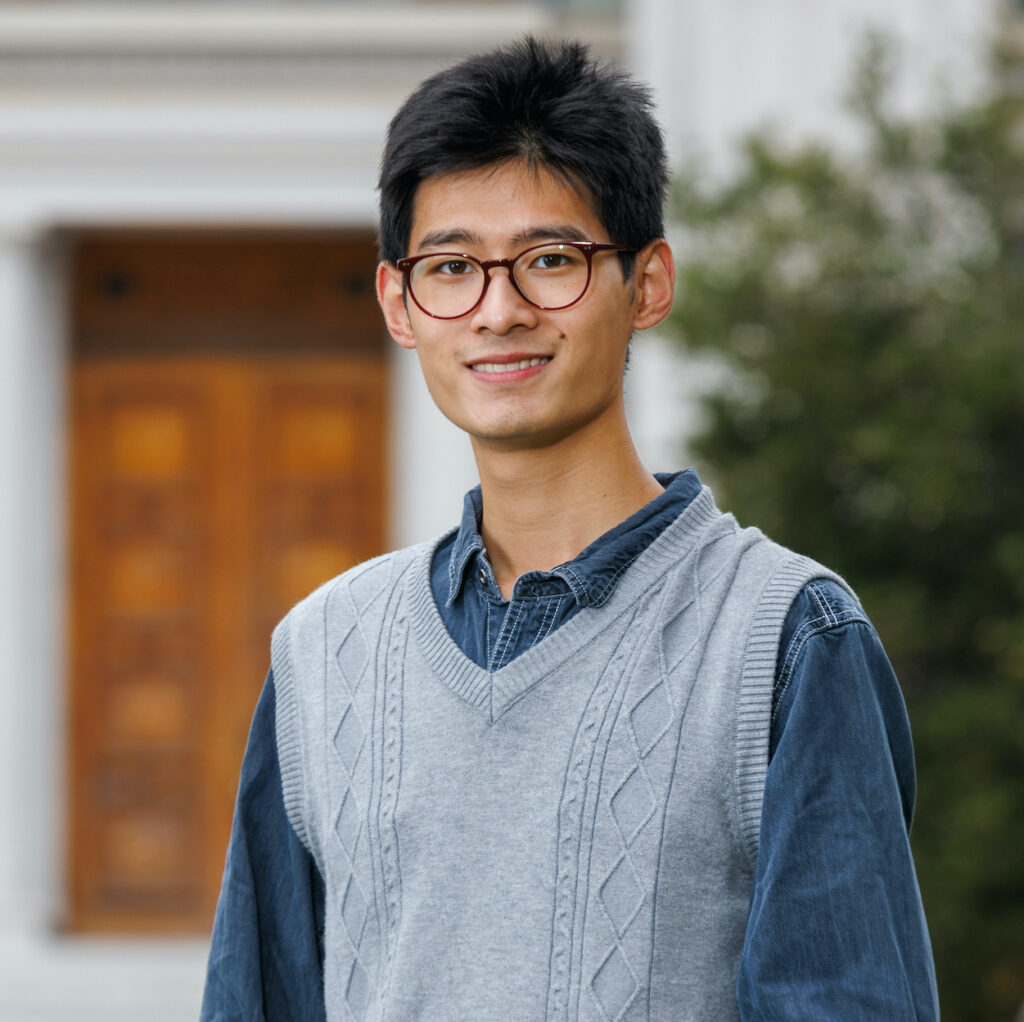
This project will investigate the controllability and scalability of electron Coulomb crystals in Paul traps through a numerical simulation. Over the past few decades, quantum computing has been an emerging interest for researchers. Theories have suggested that quantum computers can utilize superposition and entanglement effects to process information much more efficiently than classical computers. However, despite the development in architectures including superconducting circuits, neutral atoms, and trapped ions, the scalability and fidelity of qubits remain a big challenge. A recently proposed candidate for qubits is the trapped electrons, which potentially […]
AJ Grover

I’m looking to investigate the question: how does the randomness of a deck of cards change as a result of various shuffling techniques applied in sequence? To answer this question, I plan to build upon the work of Bayer and Diaconis in their paper “Trailing the Dovetail Shuffle to its Layer” by creating Python-simulated models of different card shuffling techniques, including the Gilbert-Shannon-Reeds model of a riffle shuffle, the box, the cut, and others. I will then test the randomness of the deck (via a distance metric such as KL […]
Joseph Gitlin
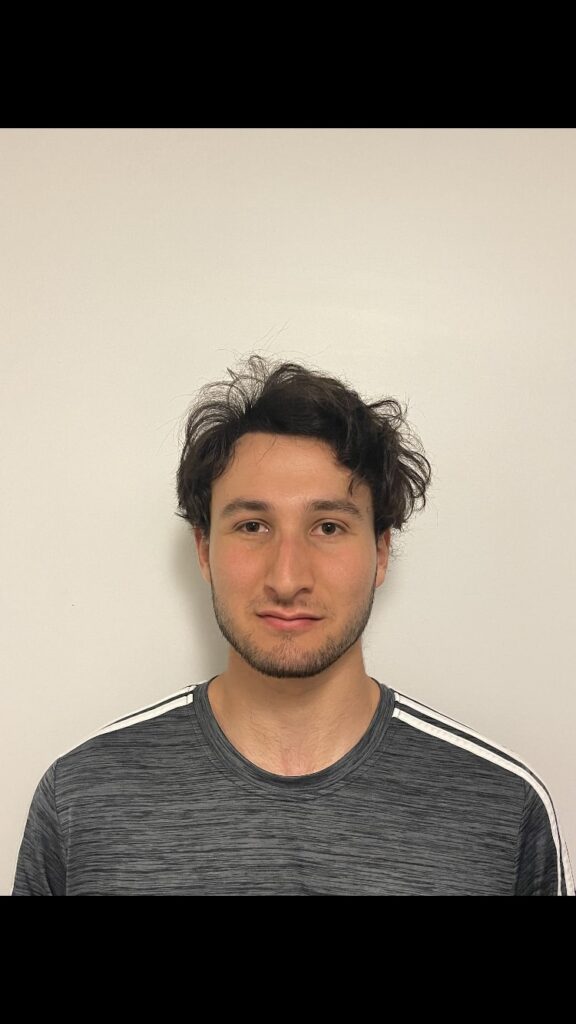
Estimators give us an idea of the true value of our estimand, which represents a phenomenon that we observe in the real world. The concern with estimators is whether or not they follow certain properties, which is checked by underlying math such as Analysis and Probability Theory, and how accurately and consistently they capture the real value. With more data, it becomes more apparent which estimators are accurate with low variance; it’s easier to see how to improve these estimators given more data used for fitting them to the observations. […]
Vivian (Jiawei) Gao
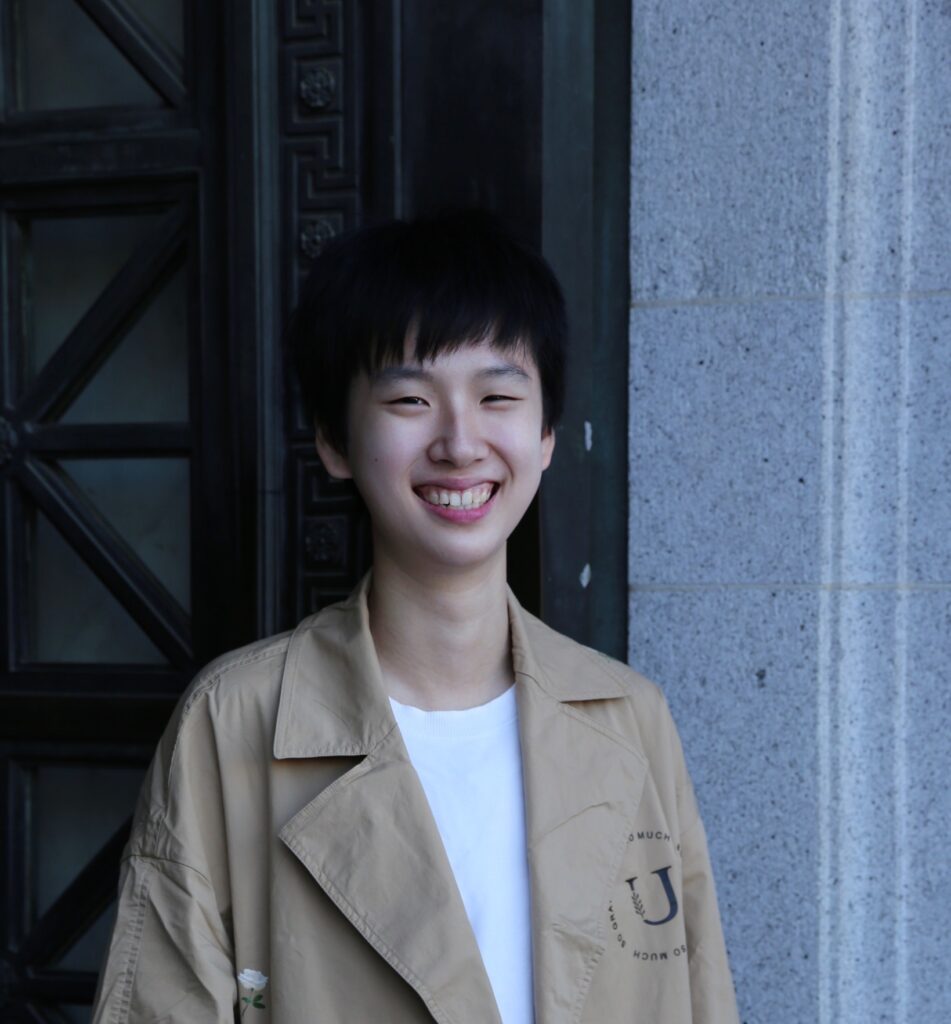
My research project aims to investigate the upper limit of axion-photon coupling from galaxy cluster modulation. The goal is to use simulations to further push the limit of axion-photon coupling and get closer to the theoretical strength of axion-photon coupling, which would verify the existence of axion-like particles. This is essential in the investigation of particle physics and would solve the strong CP problem.
Sierra Dabby
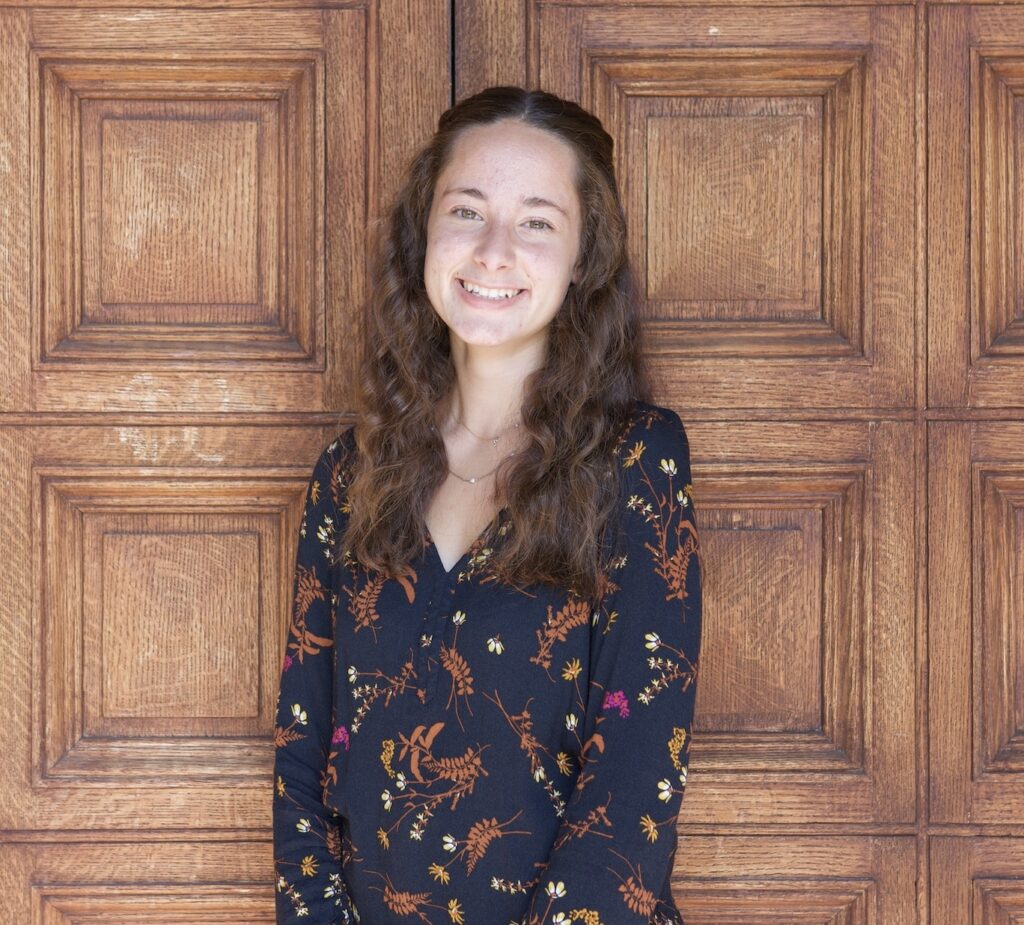
Ozone formation is accompanied by anomalous oxygen isotope effects. Oxygen has three stable isotopes: 16O, 17O, and 18O (relative abundances of 99.76%, 0.04% and 0.20% with 17O and 18O discovered at Berkeley by Nobel Laureate William Giauque). Isotope geochemists measure these stable isotopes as ratios, 17O/16O or 18O/16O, which have a relationship with slope ~0.5. However, in ozone (O3) formation, the resulting ozone is equally enriched in 17O and 18O relative to 16O and the 17O/16O vs 18O/16O relationship has a slope of 1. This is dubbed mass-independent fractionation (O-MIF). […]
Daniella Asturias
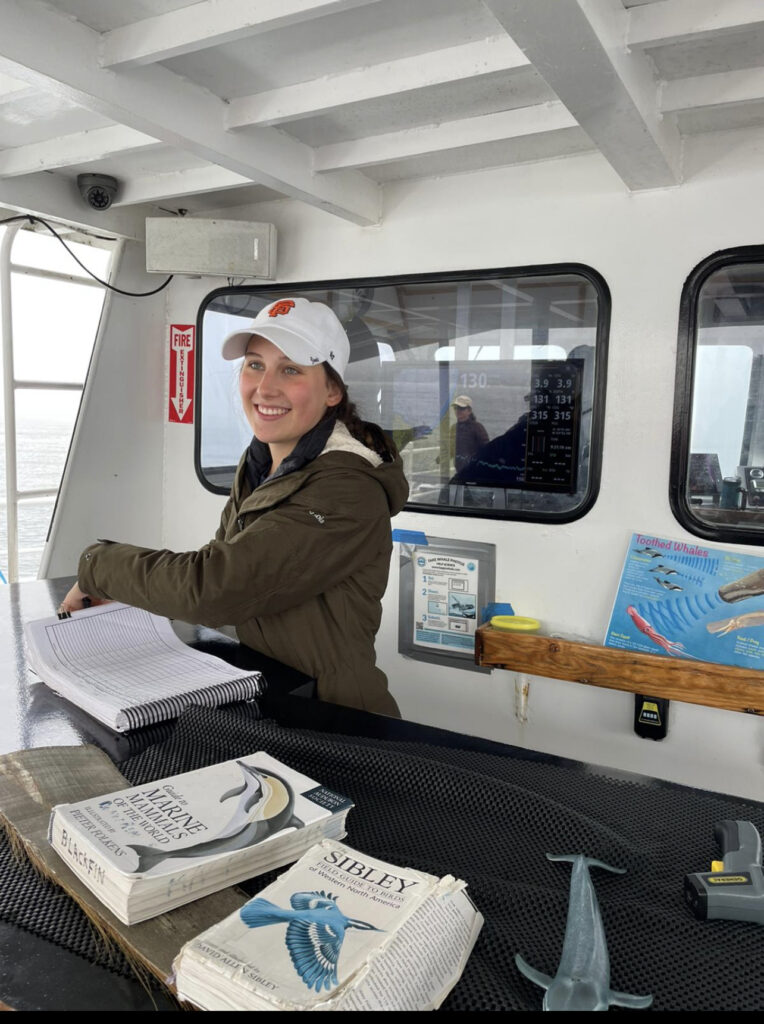
My project aims to investigate the effects of salinity and atrazine on African Clawed Frogs (Xenopus laevis) development, contributing to our understanding of the impacts of rising salinity levels in freshwater due to climate change. As an ideal model organism to study sensitivity to environmental stressors, I would use Xenopus laevis and it also eases the monitoring of developmental changes. I will simulate a range of salinities found in aquatic environments and expose tadpoles to varying concentrations of atrazine. Measures such as development, sex ratio, growth, and survival rates, will […]